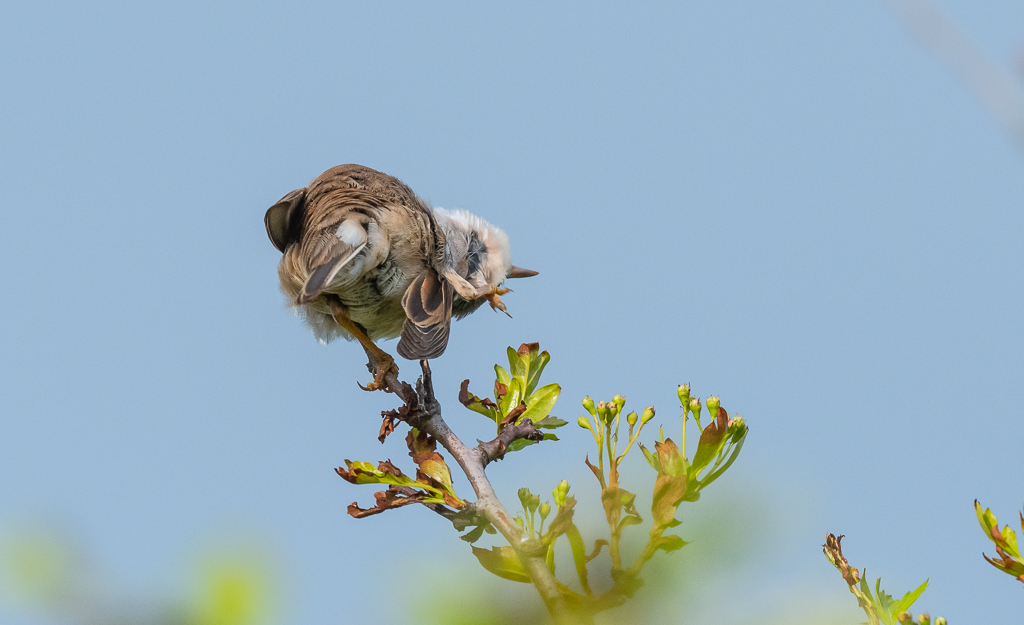
I’ve spent a little while in the company of Whitethroats this spring. The Common Whitethroat can be a very confiding bird allowing close up views often sitting high on the top of hedgerow, bramble or shrubs as it belts out its rather scratchy song. Its cousin the Lesser Whitethroat however is a different kettle of fish.
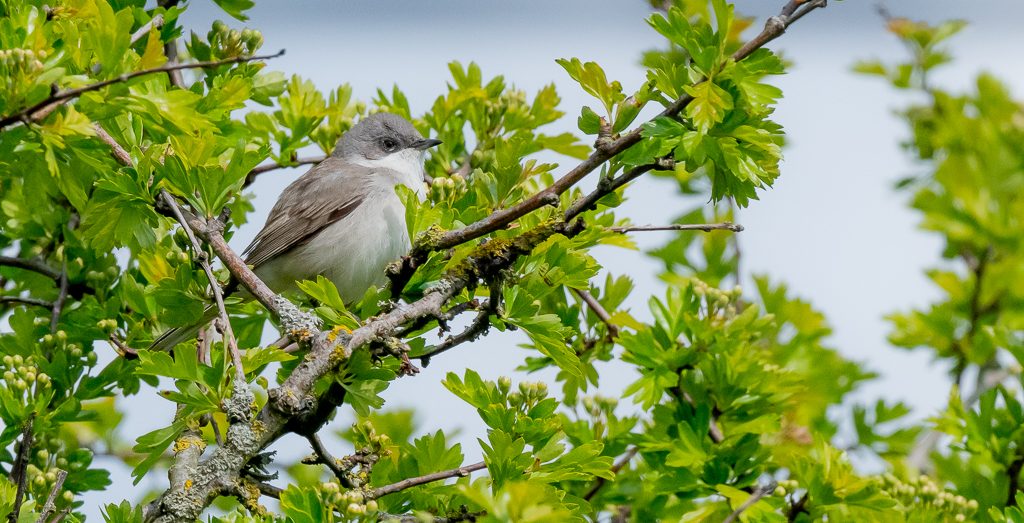
I’m reminded of Thomas Bewick’s comments regarding the Lesser Whitethroat’s habit and demeanour and wholeheartedly agree,
It is described as darting like a mouse through the interior branches of the brakes and underworld, among which it shelters itself.
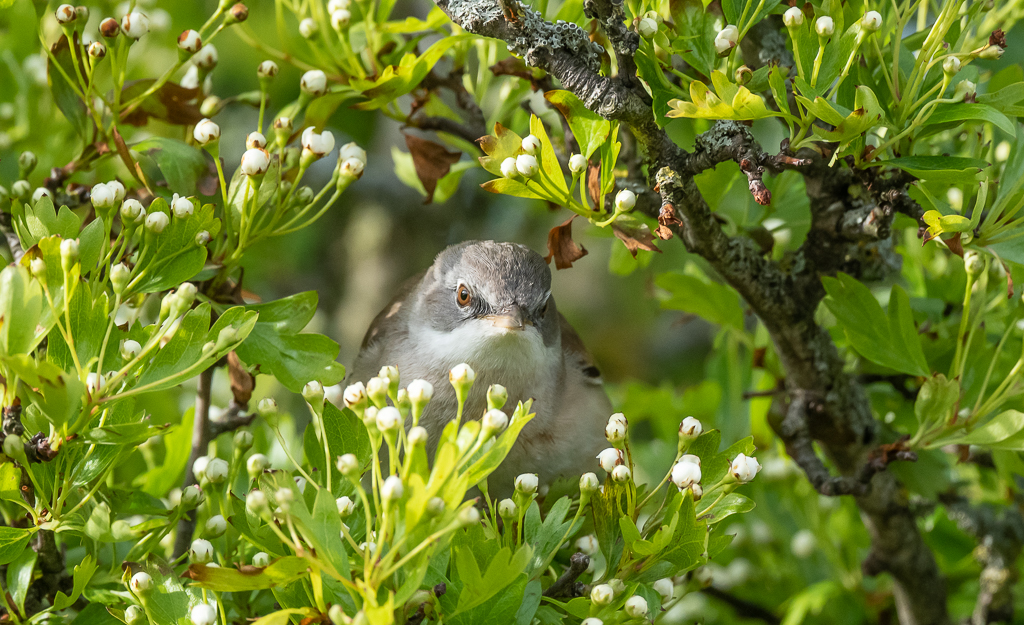
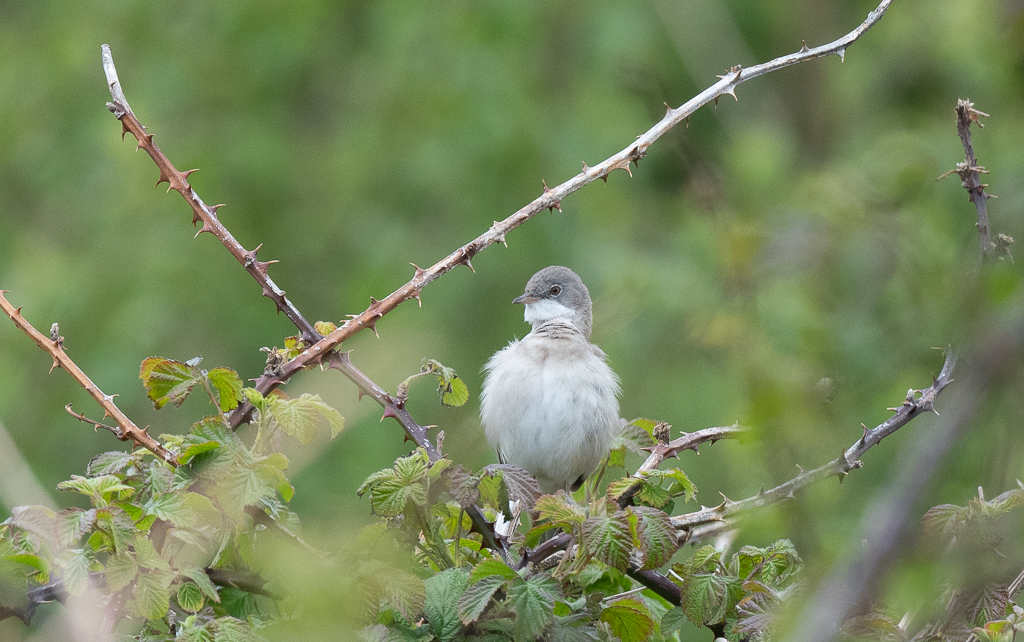
It has certainly led me a merry dance on a number of occasions and can take a lot of patience before it reveals itself, often for the briefest moment. Not hard to locate, if its about, with its very distinctive call, the Lesser Whitethroat differs from its close relative, the Common Whitethroat, by not exhibiting the reddish colour on the secondaries, giving it an overall grey colour. It also has darker ear coverts, darker legs and a blacker looking bill, all a bit difficult to observe as it flits through higher branches of the shrub. In fact it’s the birds ‘jiz’ and call as much as anything that helps in any initial identification.
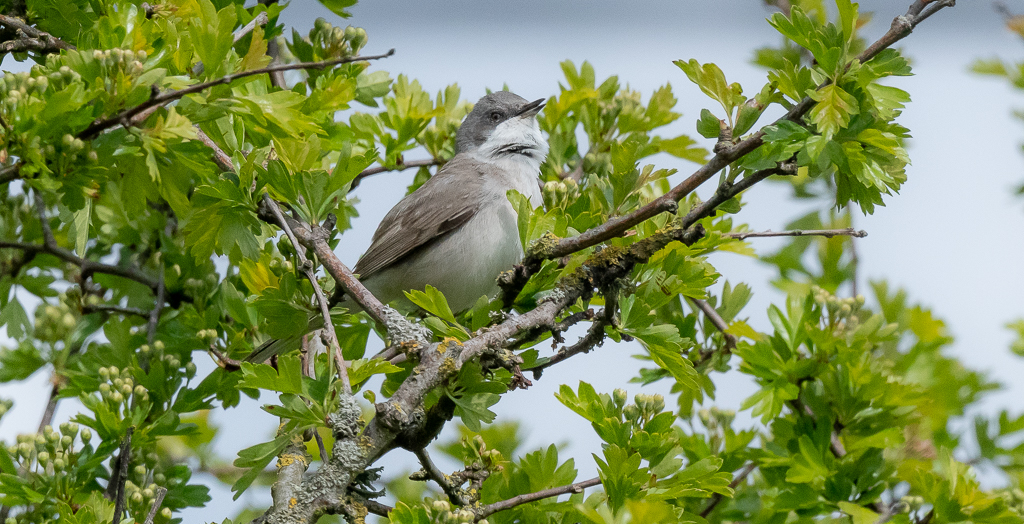
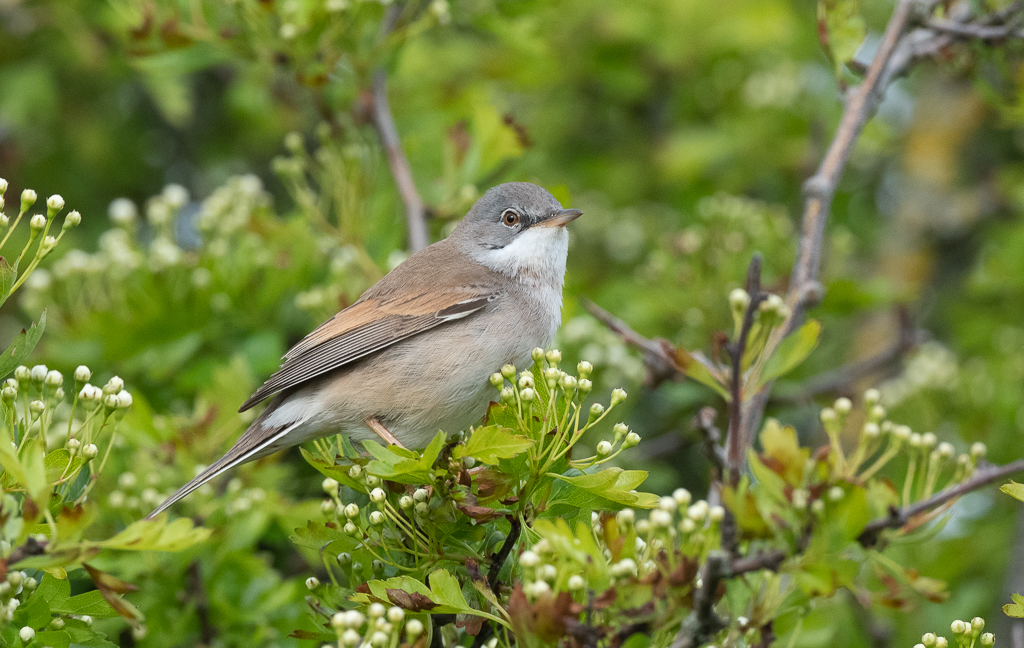
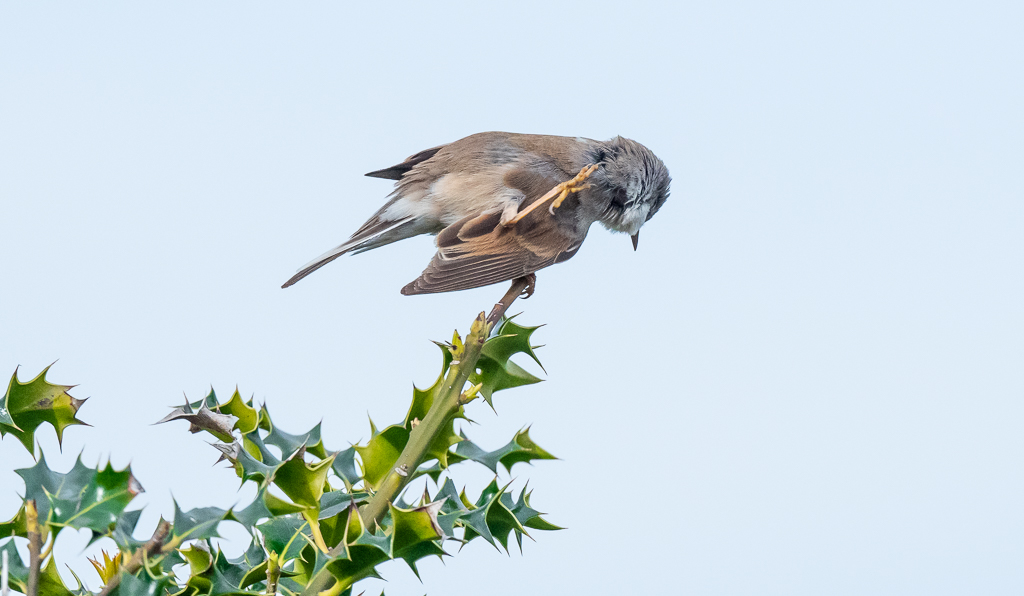
The number of birds holding territories in Britain also explains why it’s a more difficult bird to locate; the Common Whitethroat with over 1,100,000 territories compared with only 74,000 for the Lesser Whitethroat. When the Lesser Whitethroat does show though, it announces itself as a very smart bird indeed. Both are harbingers of spring for me as much as the hirundines and I never fail to feel that surge of excitement in seeing them for the first time each year.
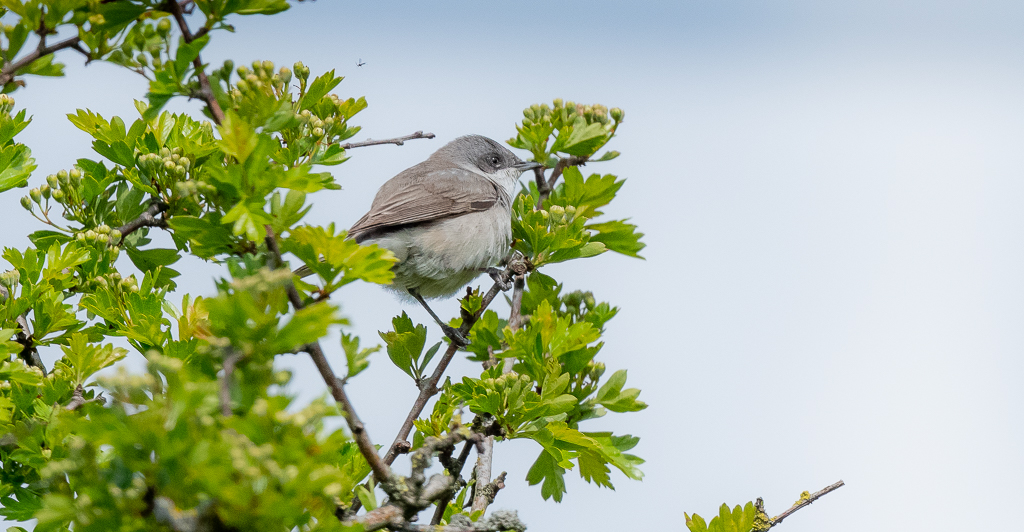
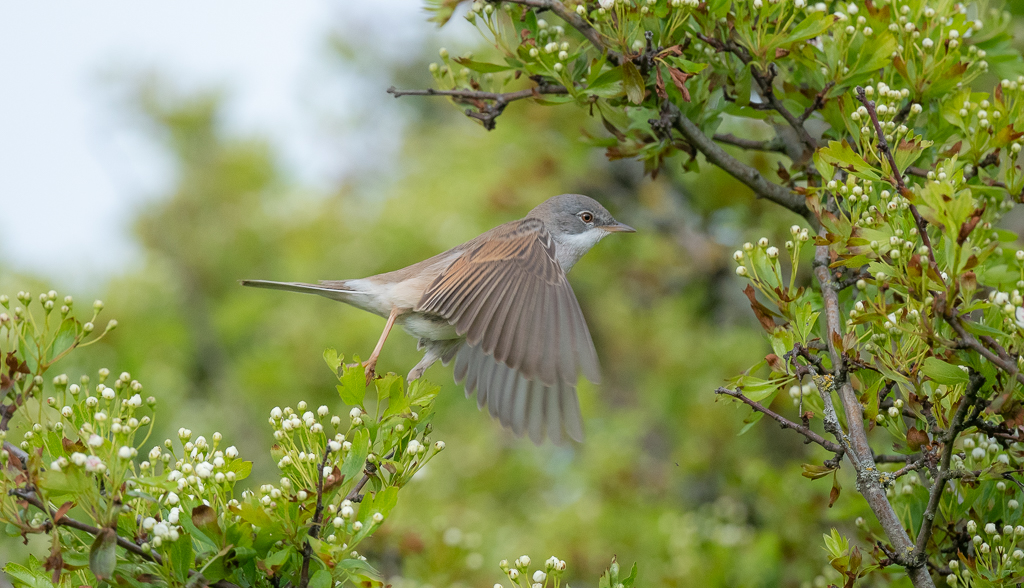

No comment yet, add your voice below!